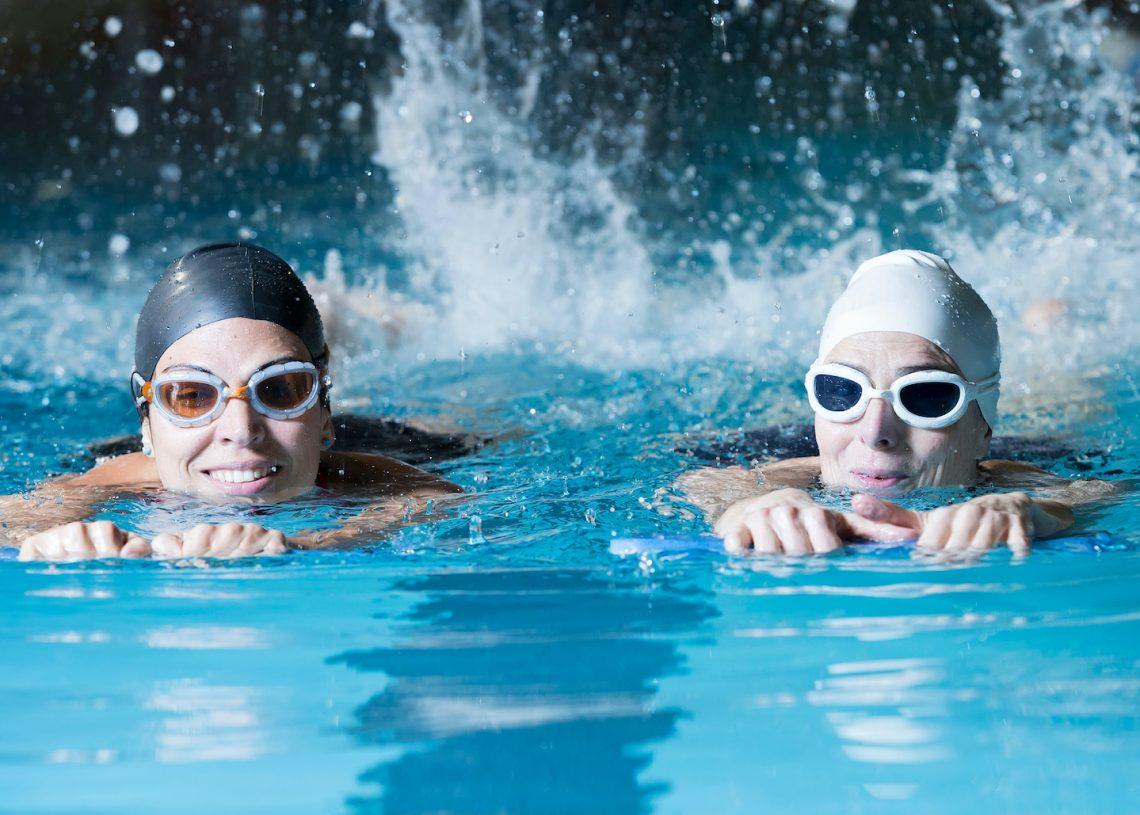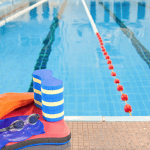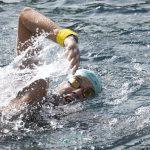
Freestyle Refresher, part 4: Unleash the power of your legs
Review and refresh your front crawl – part four is all about the kick action
In this penultimate part of our freestyle refresher course, we’re looking at how to use your legs. In Part 1 we looked at efficient breathing, Part 2 was about body position and Part 3 covered mastering your catch and getting the most out of each arm stroke. In Part 5, next time, we will look at the importance of interconnectedness in swimming and putting it all together. Our aim throughout is to give you tools and tips to improve your own technique. While we believe a good coach, combined with video analysis, is the most effective means of improving your swimming technique, we appreciate not everyone has access to it.
While we refer to the leg action in swimming as ‘kick’, the movement doesn’t resemble how you might kick a football or kick down a door. It’s more akin to the way you swing your legs while walking, but that isn’t quite right either.
The first step is to get the legs in the right position. When lying horizontal in the water, they should be straight behind the body, close together, and horizontal, near the surface. The heels may just break the surface and the feet are pointed and slightly turned in, so the big toes touch.
The legs kick alternately in front crawl. To initiate the kick, lift the one heel slightly, while keeping your thigh horizontal and directly behind your body. Then drive your foot down, powering the movement from your hips and straightening your leg. Think about pressing water backwards and down with the top of your foot. Lift your straight leg back towards the surface while repeating the motion with the second leg.
While the leg movements in swimming are simpler than the arms, there is still a lot that can go wrong, so let’s dive into this a little deeper.
Two beat or not two beat?
Timing and coordination are essential for an effective leg kick. For some people this seems to happen naturally. Others (like me) have to work on it. Whichever camp you fall into, it pays to focus on your kick timing and feel how it connects to everything else you do.
To practise timing, start with a two-beat kick, which is two kicks for every arm cycle (or one kick for each arm pull). The power phase of each kick (when the top of the foot presses back on the water) should be synchronised with the power phase of the same arm: when the right hand is pressing back, the right foot is too.
Many swimmers use six-beat timing, six kicks for each arm cycle. This consists of one stronger kick, timed the same as in the two-beat kick, with two lighter kicks in between (three kicks for each leg per cycle).
As kicking uses large leg muscles and produces a relatively small portion of forward propulsion, long distance swimmers often opt for the two-beat timing, while sprinters go with six. But there are long distance swimmers who prefer to always swim with a six-beat kick. For long-distance swimming, keep the kick light and turn up the power for a sprint.
Test your kick
1) Swim 400m full stroke at a steady pace. Record how long it takes you. Take a couple of minutes to recover and then swim 400m again with a pull buoy between your thighs (arms only) at the same effort level. Compare your times for the full stroke and arms only swims. If you are significantly faster with the pull buoy (e.g. 5 to 10s per 100m), this suggests your legs are slowing you down.
2) Swim 100m full stroke at a steady pace and record your time. After a short break, swim 100m legs only with a kickboard at the same effort level and see how long it takes. If you’re only 15 to 25% slower on legs-only, this suggests your kicking is efficient.
Common kicking faults and how to fix them
Sinking legs
Sinking legs seems to happen to men more than women, and to swimmers who also do a lot of running or cycling. But while it’s tempting to blame dense bones or heavy leg muscles, the problem usually lies elsewhere. Common causes include holding your head too high, lifting your head while breathing or pressing down with your hand at the front of the stroke rather than getting into a good catch position. Kicking harder will lift your legs but it’s not a good use of energy. Longer term, it’s better to work on your overall body position.
Scissor kicking
Ideally, your legs should stay in line with your body but it’s not unusual to see swimmers kicking out sideways. This is usually a subconscious movement in response to a fault elsewhere, such as destabilising your body by lifting your head too much. Spend time focusing your awareness on your kicking. You can’t see your legs so try to feel where they are. Good signs are if your big toes lightly brush past each other, and you feel you are in control of your legs.
Poor foot position/limited ankle flexibility
If your foot makes a 90-degree angle with your leg while swimming, your toes will point straight down, your foot will cause drag and you will be unable to press water backwards. To fix this, you need to improve your ankle flexibility. Try kneeling with your feet pointing backwards and gently lowering your weight onto your heels to stretch your ankles. Swimming with fins can also help.
Excessive knee bend
You need to bend your leg at the knee to get the top of your foot to press back and down, but not so much that your knee drops below your body line and your thigh creates drag. Think of the movement more as a toe flick than a kick. Lift your heel to the surface rather than drop your knee. Pay attention to your legs. Where can you feel pressure? You want it on the top of your feet, not your thighs.
Exercises to improve your kick
Kick on your back
Float on your back and place your hands on your buttocks. Kick gently. You should feel the motion being generated by your glutes. Point your toes and use the top of your foot to push water back and up. Pay attention to where you can feel pressure. Don’t let your knees break the surface.
Torpedo drill with hands on buttocks
After doing the ‘kick on your back’ drill above, rotate onto your front keeping the kicking motion consistent. Also try swimming like this on your sides. Roll onto your back to rest and breathe.
Catch up with kick timing focus
Catch up is a drill where you complete one arm cycle before starting the next. Do this one extra slowly and focus on kicking with the right leg at the same time as you push back with the right hand. Do the same with your left foot and hand.
While your legs don’t add much forward propulsion in long-distance swimming, they provide balance and help with timing and coordination. A poor leg kick can destabilise your swim, create unnecessary drag and waste a lot of energy. It’s therefore worth spending time improving your kick. Progress can be frustratingly slow. But keep going. You will make progress. Work both on the individual components (body position, breathing, arms and legs) and then put it all together for a faster, more satisfying swim. Swimming well requires full body coordination. One movement affects another. We’ll look at this in more detail next timein the fifth and final part of this series.








